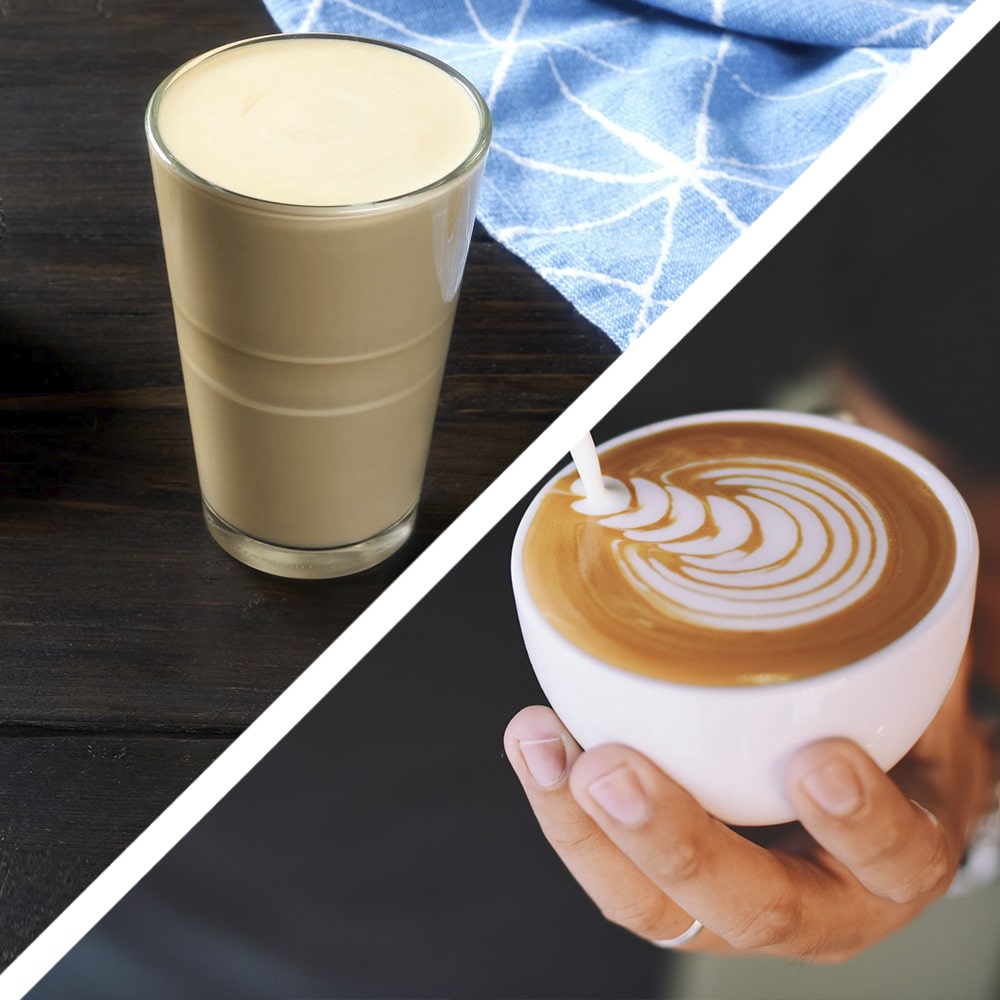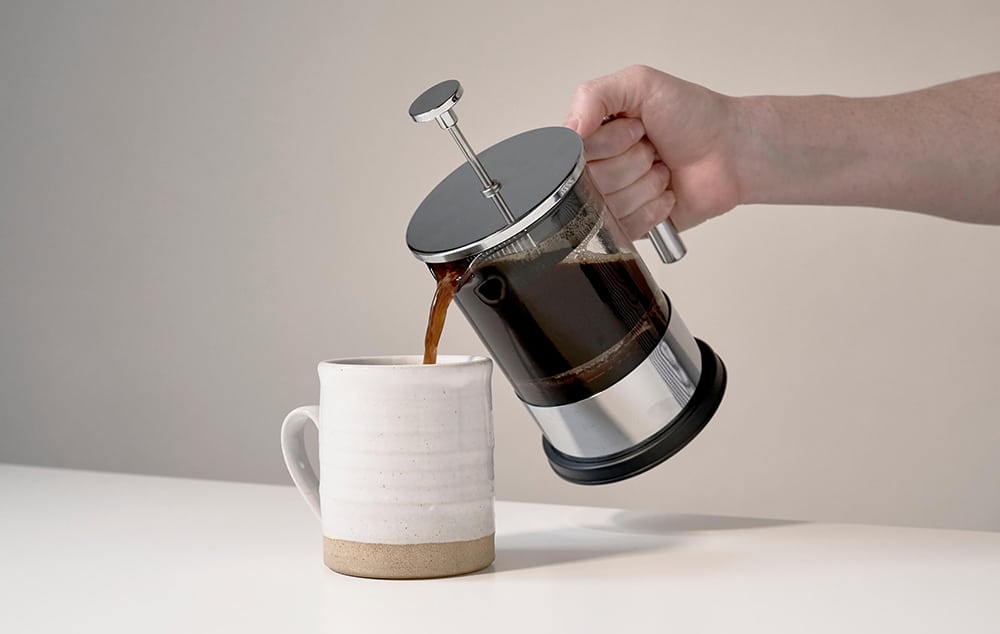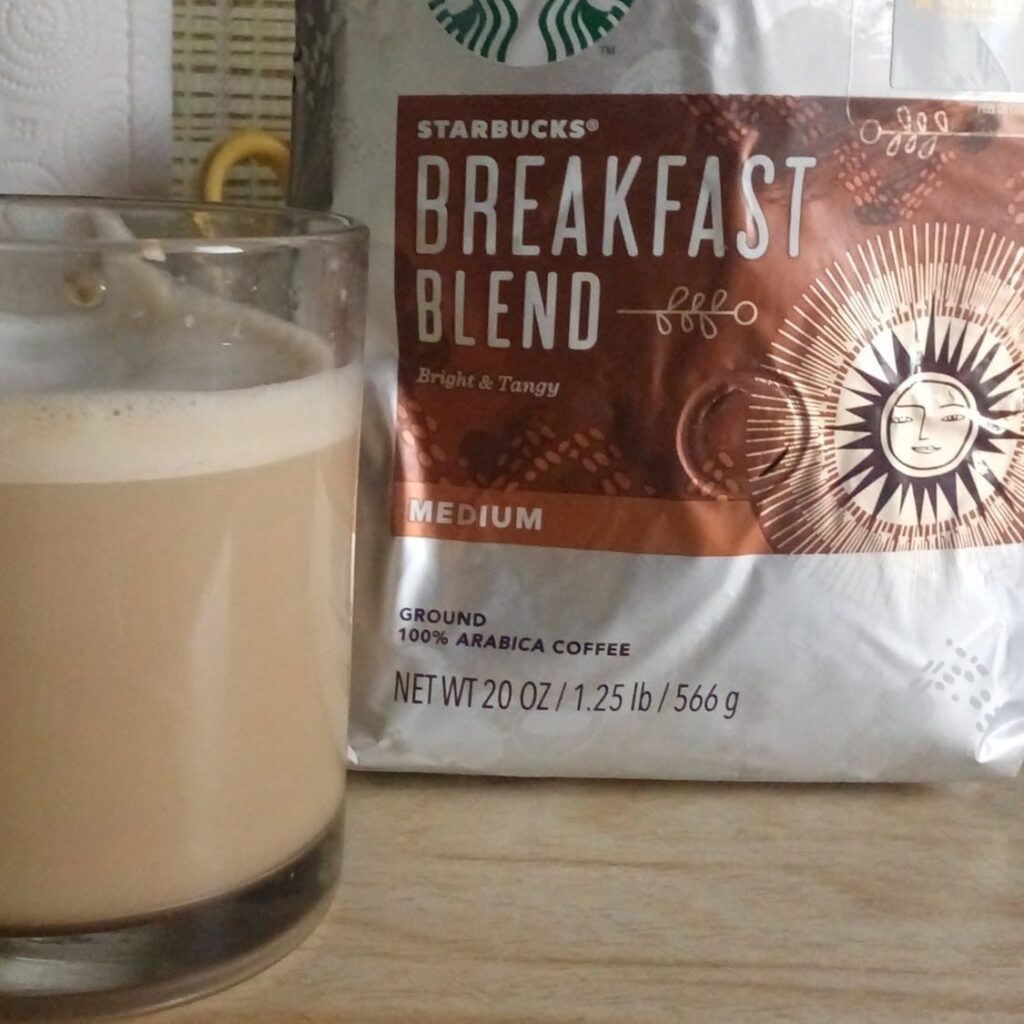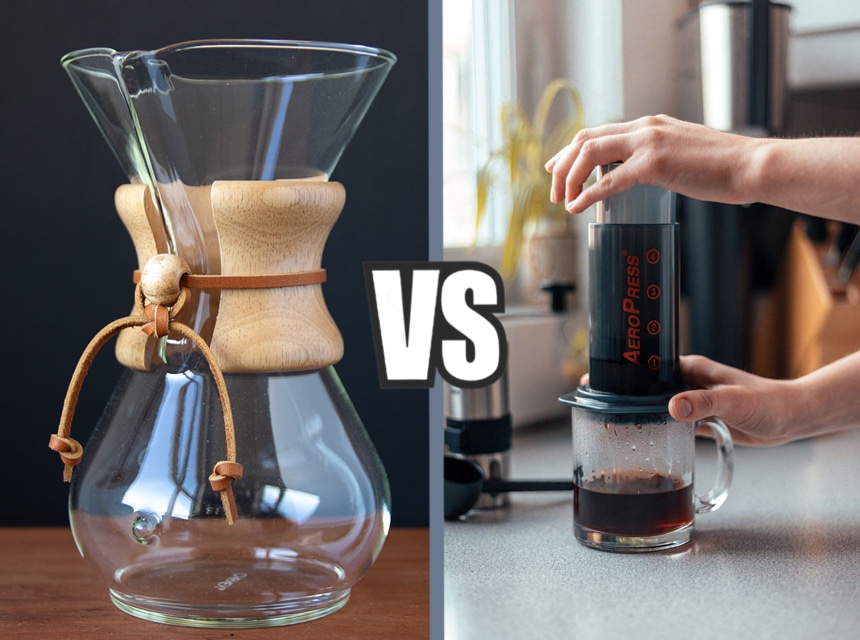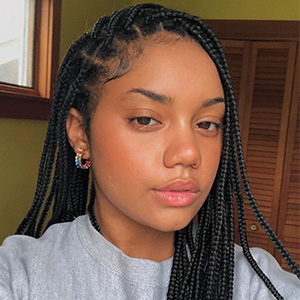

Coffee is a unique fruit. Unlike other fruits like oranges, pear, or apples, you cannot just pluck coffee from the plant and consume it. To enjoy coffee, it has to undergo several processes. One of the processes involved in transforming the fruit from the plant to your cup is roasting. The coffee beans must first be roasted before they are brewed. There are different roasting methods. Some are pretty and straightforward, like using a frying pan over a fire; others are complex and require specialized equipment like air roasters. Whatever the methods employed, there are four main categories of roasts produced. These are light, medium, medium-dark, and dark.
The perfect roast is subjective and is influenced by several factors, including culture and geographic location. Before buying coffee, you can ask your barista the type of coffee roast. The more you know about the roasts, the more control you will have over your coffee.
You need to realize that coffee beans are seeds found in a coffee cherry. After harvesting, these seeds are processed and dried. Before they are roasted, they are called green beans. They might not be green in color, but they usually have a grassy aroma and are soft. Furthermore, green coffee beans do not smell anything like coffee.
To develop the aroma you know and love, the coffee has to be roasted. When coffee is roasted, up to 1000 aromatic compounds are formed. These compounds give coffee its flavor and aroma. Without roasting, you cannot get a wonderful beverage in your cup.

The drying stage is an essential step to take before roasting commences. The coffee bean has a humidity of around 12%. It has to be dried to remove most of this moisture. To dry the beans, a traditional drum roaster is used.
The drying stage is a delicate stage because if overdone, it can end up burning the beans, leaving your coffee smelling and tasting burnt.
During the drying stage, the coffee’s aromatic compounds start to develop. As the name implies, the browning stage acts to turn the coffee from the green color to, well, something brownish. It is interesting to note that even in the browning stage, drying is still occurring.
The browning stage primarily involves the Maillard reaction. This reaction consists of the reaction of sugars and acids to produce the melanoids (aroma and color compounds). At the end of the browning stage, the coffee begins to pop. The pop is called the first crack.
In the drying and browning stage, the beans stored energy, which eventually builds up to cause the coffee beans to explode. At the start of the roasting stage, the coffee cracks due to the exothermic reaction. It is during roasting that the desired aromatic compounds develop. It is a critical stage that requires attention. If the stage happens too quickly, the coffee is liable to become smoky and harsh.
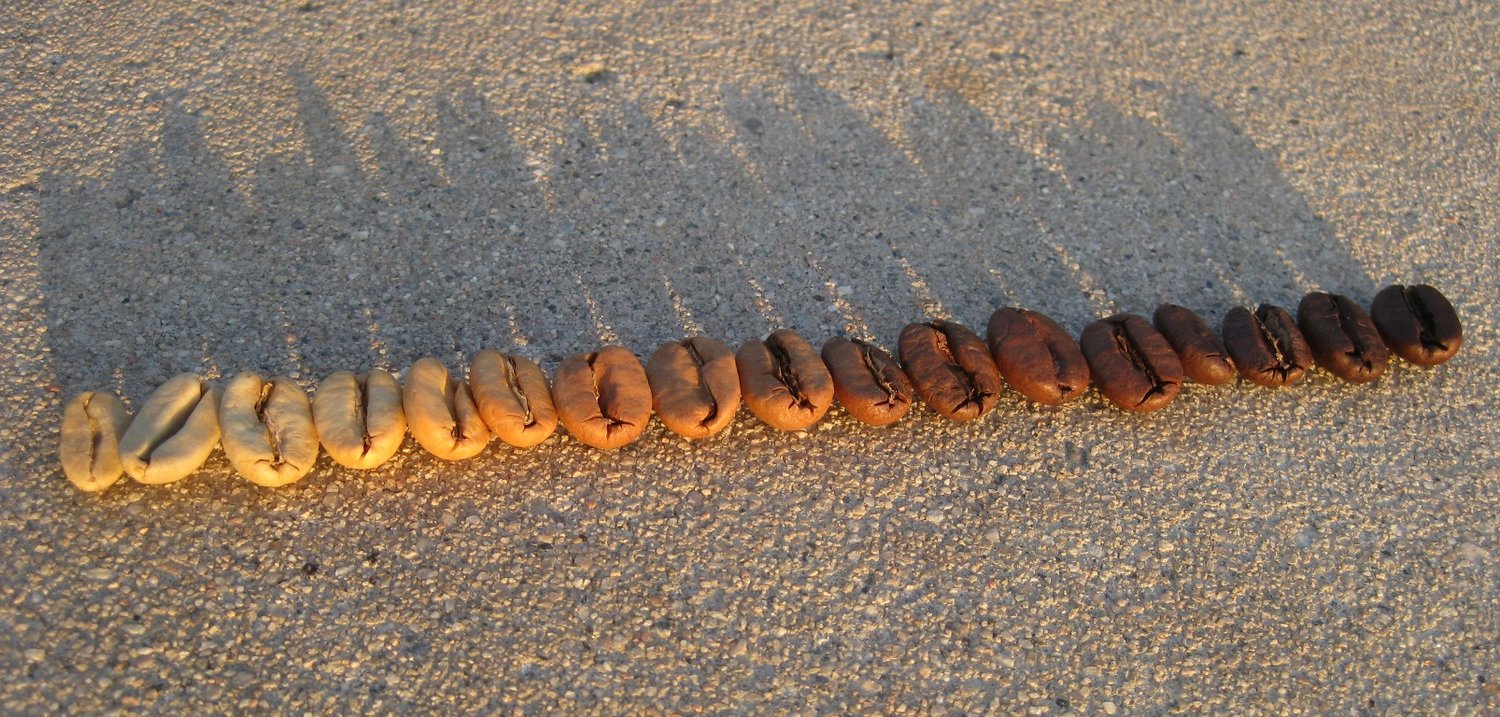
Light roasts are prepared in the roaster for the shortest length of time. In most cases, the roasted beans achieve a maximum temperature of 401 degrees Fahrenheit. It is right after this temperature is reached that the first crack occurs in the coffee beans.
Light roasts usually lack oils on them since they haven’t been roasted at a sufficiently high temperature for the oils to emerge.
Light roasts might not have the oil on them, but of all the roasts, they have the highest amount of caffeine. This is because the longer the coffee bean is heated, the more caffeine and acidity are extracted.
Light roasts taste fruity since they aren’t too far gone from the ‘green bean’ stage. If you have never drunk such coffee, we recommend that you read our review of the best light roast coffee beans and choose those you will like the most.
Medium roasts are allowed to rise to temperatures of up to 428 degrees Fahrenheit. The temperature is after the first crack and right before the second crack. Since they are heated for longer, they are more bodied than light roasts.
They are the most popular type of roasts, and the chances are that is what you are drinking right now. They have balanced flavors as they have spent enough time for some of the oil to emerge and caffeine to be extracted.
The medium-dark roasts reach a temperature of up to 446 degrees Fahrenheit. This temperature is the temperature for the second crack. Medium-dark roasts have some of the oil emerging due to the high temperature.
These roasts taste full-bodied, more fertile, and less acidic than light and medium roasts.
Dark roasts are heated to between 464 – 482 degrees Fahrenheit. These roasts taste sweeter since the natural sugars have been caramelized. It tastes more vibrant and fuller than other types of roasts. Also, since it spends the longest time and undergoes the highest temperature, it has little acid contained. The dark roast also has the lowest amount of caffeine.
| Roast | Temperature | Designations |
| Light | 356°F to 401°F | Light City, Half City, Cinnamon Roast |
| Medium | 410°F and 428°F | American Roast, Breakfast Roast, Regular Roast |
| Medium- dark | 437-450°F. | Full-City Roast, After Dinner Roast, and Vienna Roast |
| Dark | 465-480°F | French Roast, Italian Roast, Espresso Roast, Continental Roast, New Orleans Roast, and Spanish Roast. |
Roast names and descriptions are not standardized in the coffee industry; there are just too many. However, using the color of the roasts is one way to ascertain the level of roasting in the beans. In this post, we discussed light roasts, medium roasts, medium-dark roasts, and dark roasts. As the roast gets darker, it loses the origin flavors and absorbs the flavor from the roasting process.
Now, we believe that you understand the roasting process and the changes the green beans undergo before it arrives in your cup. The medium roast coffee is the most popular type of roast. The next time you want to buy coffee, why not try another roast. You might be pleasantly surprised by the different tastes.
